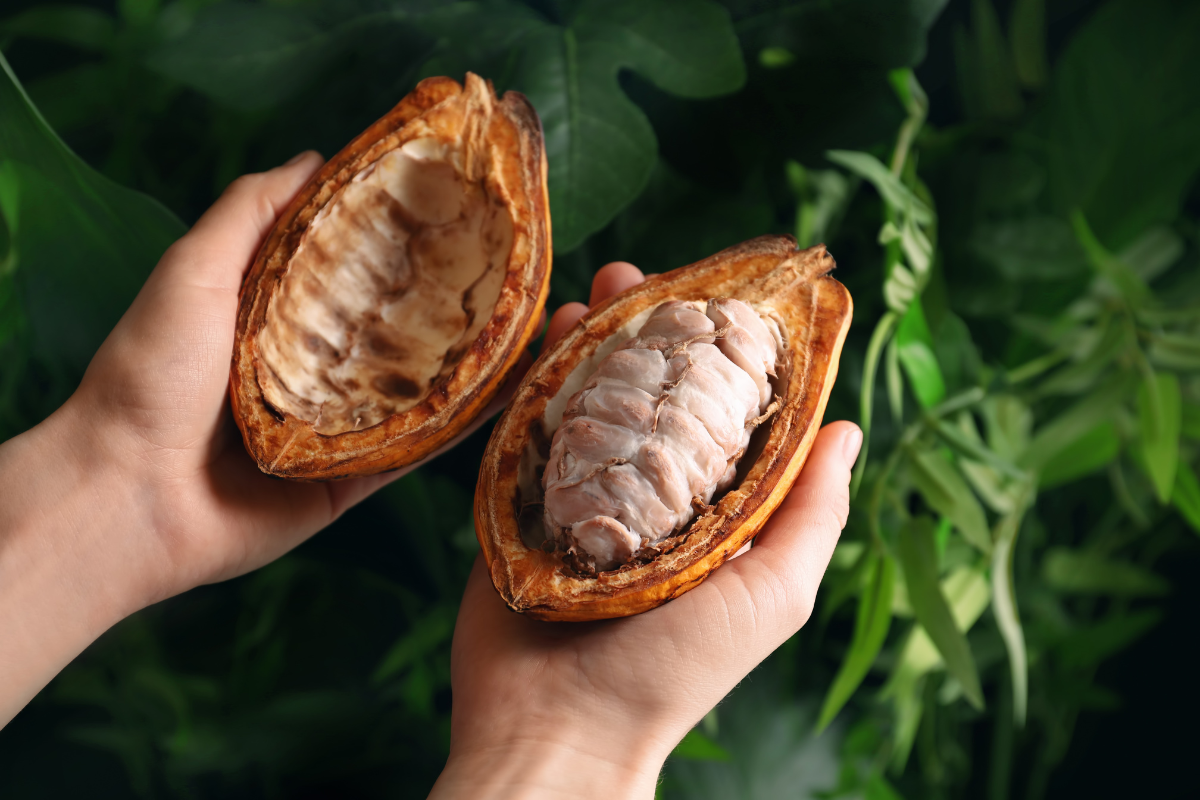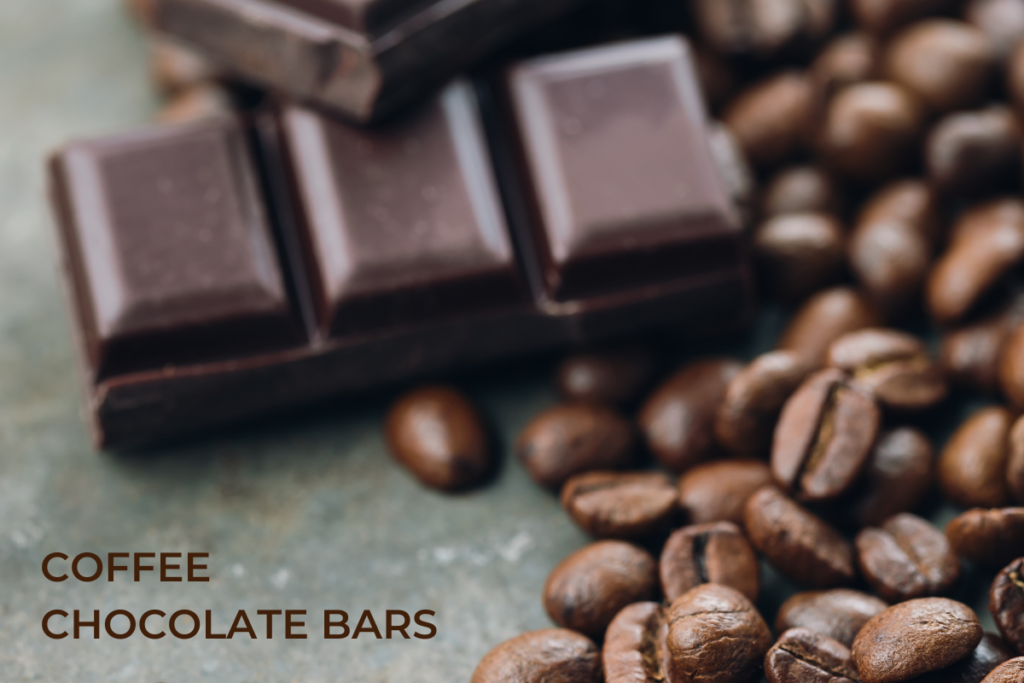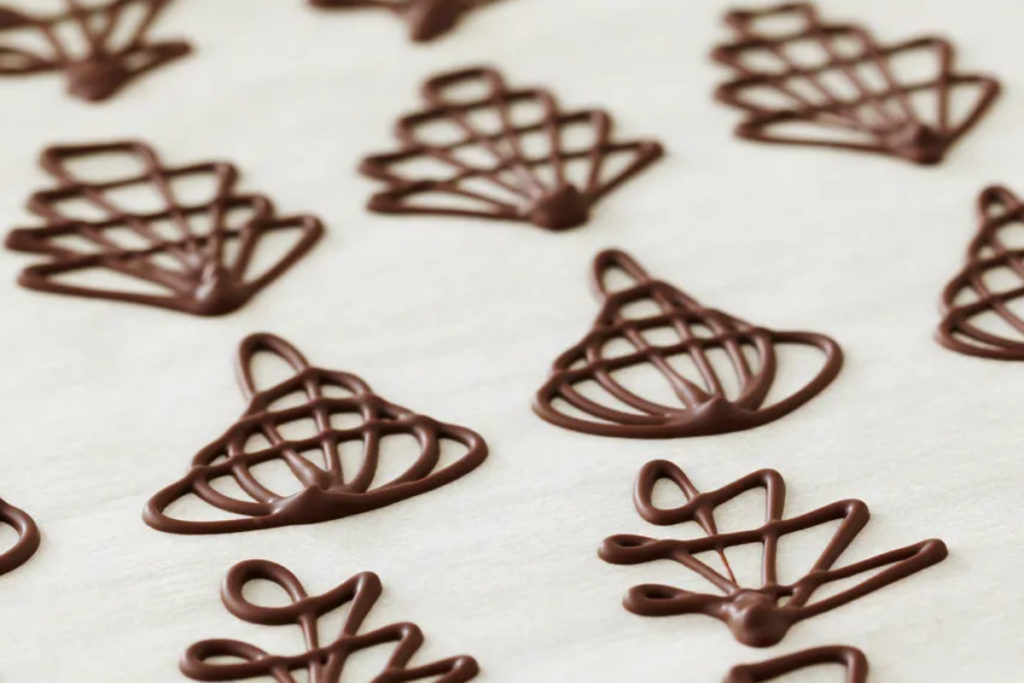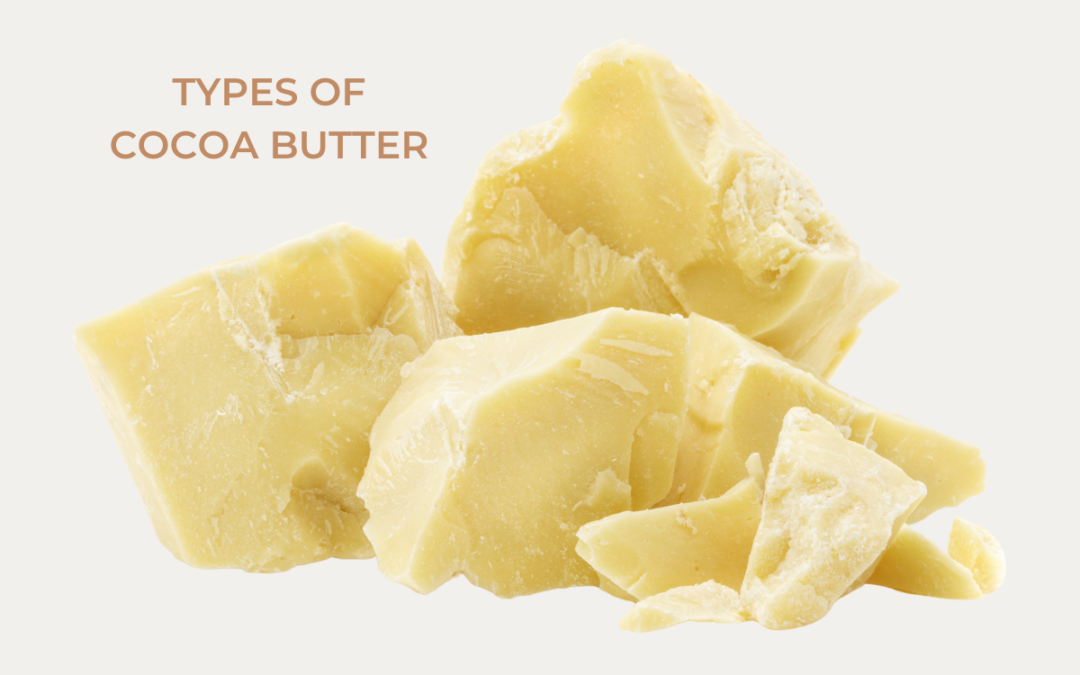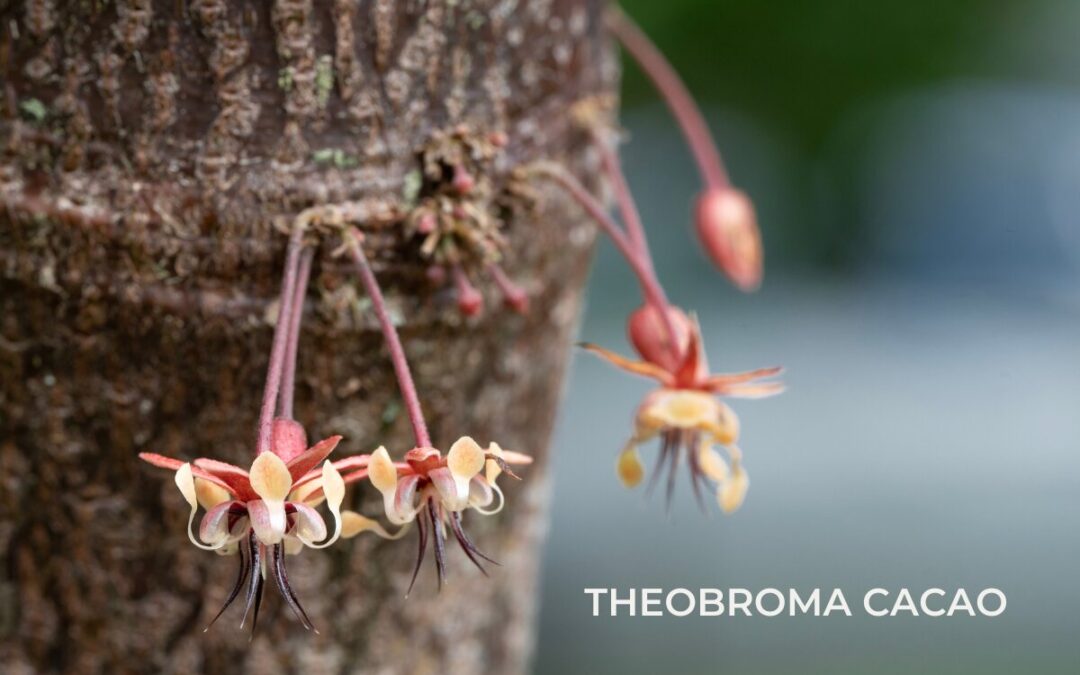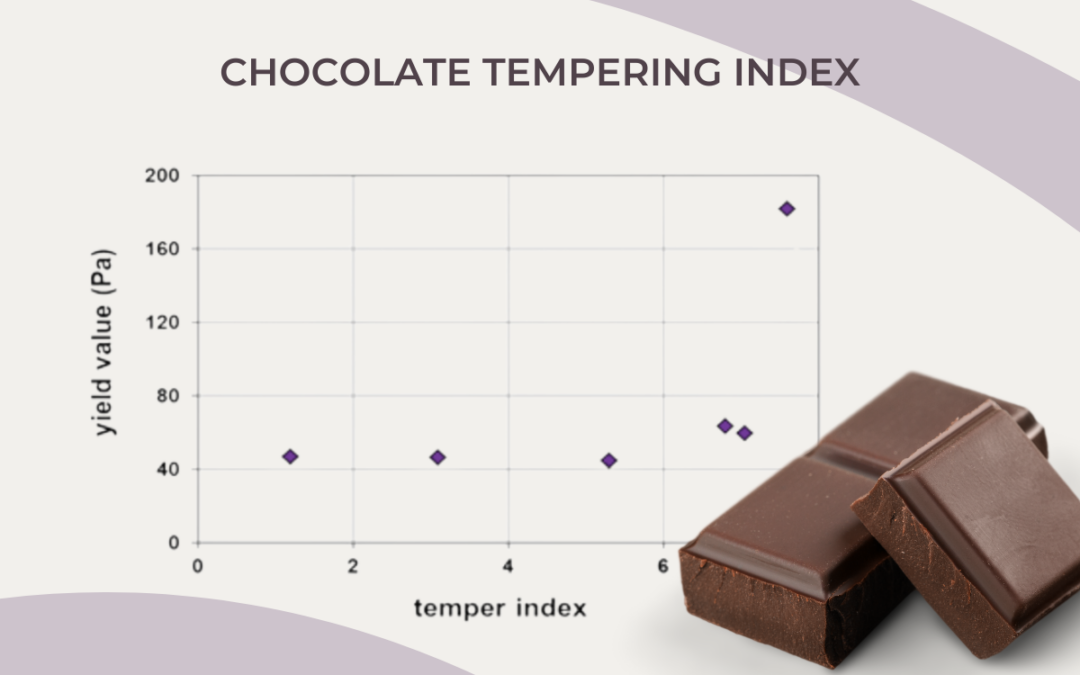Cacao pods are not just colorful, exotic fruits—they hold the very essence of chocolate itself. But here’s something that might surprise you: A single cacao pod can contain anywhere from 30 to 60 seeds. That’s a lot of potential for new cacao trees!
What’s even more fascinating is that the flavor profile of the chocolate made from those seeds can vary dramatically. Some pods may produce beans with delicate fruity or floral notes, while others bring out deeper, earthy, or nutty flavors. So, every cacao pod is essentially a unique flavor adventure, and within it, the seeds hold the key to shaping the chocolate experience you enjoy. Let’s dive into the incredible world of cacao seeds and explore how their diversity makes chocolate an endlessly exciting treat!
What is a cacao pod?
Cacao pods are the fruit of the cacao tree (Theobroma cacao), which is native to Central and South America. Today, it’s widely grown in countries such as the Ivory Coast, Ghana, Indonesia, Nigeria, and Brazil. These pods come in vibrant colors—red, yellow, and orange—and have an oval or football-like shape. Their size and shape can vary depending on the cacao tree variety.
Inside each cacao pod is a bundle of seeds. The seeds are covered in a sweet, white pulp with a tropical fruit flavor. The flesh of the seeds are typically dark purple in color, but some rare and highly prized white varieties also exist. Eaten raw, the seeds are quite bitter and astringent and do not have a chocolatey flavor. Only after the seeds are fermented, dried and then roasted, do they take on the typical characteristics of chocolate.
What is the average number of seeds per cacao pod?
On average, a cacao pod contains 30-40 seeds, though this can range from 20 to 60 depending on the pod’s size and variety. Each seed has the potential to grow into a cacao tree, making every pod a small powerhouse of possibilities!
What are the factors that influence the number of seeds?
The number of seeds in a cacao pod can be influenced by several factors:
Cacao Variety: Different cacao varieties naturally produce pods with varying seed counts. For example, Forastero pods generally have more seeds than Criollo pods.
Pod Size: Larger pods tend to contain more seeds. The size of the pod can be influenced by the growing conditions and the health of the tree.
Climate and Growing Conditions: Factors like rainfall, temperature, and soil quality play a big role in the development of cacao pods and the number of seeds they contain.
Tree Health and Age: Older, healthy trees typically produce more pods with higher seed counts. Trees in poor health or under stress may produce smaller pods with fewer seeds.
Pollination: Effective pollination is crucial for the development of the pod and its seeds. Poor pollination can lead to smaller pods with fewer seeds.
How many pods are needed to make a bar of chocolate?
The simple calculation is that one cacao pod can make one bar of chocolate, but let’s dig into the numbers with a little more detail: To make one pound (about 450 grams) of 70% dark chocolate, you need around 400-500 cacao beans (beans can vary in size from 0.8g to 1.5g). Since each pod holds about 30 to 40 beans, it takes roughly 10 to 15 cacao pods to produce a single pound of chocolate.
Structure and anatomy of a cacao pod
A cacao pod has a unique structure made up of several parts, each playing an important role in the chocolate-making process:
1. Outer Shell (Husk)
- Thick and tough, with a ridged or bumpy texture.
- Protects the seeds and pulp inside
- Comes in various colors depending on the variety and ripeness.
2. Pulp (Mucilage)
- White, juicy, and sweet.
- Surrounds the cacao seeds and aids in fermentation.
- Edible (used in drinks or desserts).
3. Cacao Beans (Seeds)
- Usually 30 to 40 beans per pod.
- They are fermented, dried, roasted, and processed to make chocolate.
- Each bean is covered in a thin shell and has a bitter taste and is removed after fermentation and roasting.
4. Placenta
- The central part of the pod that holds the seeds and pulp in place.
- Helps distribute nutrients during development.
Types of cacao pods and varieties
Cacao pods come in a stunning range of colors, influenced by the tree’s variety and the pod’s ripeness. Traditionally, cacao has been grouped into three main types: Forastero, Criollo, and Trinitario—each with its own impact on flavor, quality, and yield. But thanks to modern genetic research, we now know there are over a dozen unique cacao varieties, with most trees grown today being hybrids of the original types.
Curious to explore them? Read this article and discover 10 distinct varieties of cacao and what makes each one unique.
How and when cacao pods are harvested
To access the valuable cocoa beans inside, farmers carefully harvest cacao pods by hand. It’s not just a matter of picking pods—harvesters must identify ripe ones, usually vibrant yellow, orange, or red, and remove them with precision to avoid damaging the tree. Using a clean cut through the stalk, they gently push or pull the pod depending on its position. This method protects the tree’s bark, which is essential since cacao flowers—and future pods—grow directly from the trunk. Proper timing and technique are key to a healthy harvest and high-quality beans.
How many seeds can one cacao tree produce in a year?
A single cacao tree typically produces 20 to 30 pods per year, and each pod contains about 30 to 40 seeds on average.
So, if we do the math:
- 20 pods × 30 seeds = 600 seeds
- 30 pods × 40 seeds = 1,200 seeds
So one cacao tree can yield between 600 and 1,200 seeds per year—depending on the tree’s health, variety, and growing conditions.
Since it takes roughly 400 seeds to make one pound of chocolate, one tree can produce enough beans for about 1.5 to 3 pounds of chocolate per year.
How are cacao seeds transformed into chocolate?
- Harvesting: Ripe cacao pods are cut open to reveal seeds surrounded by sweet pulp.
- Fermentation: The seeds ferment for several days to develop flavor.
- Drying: The seeds are sun-dried for a week to reduce moisture.
- Roasting: Roasting the seeds (aka cocoa beans) brings out rich chocolate flavors and loosens the shells.
- Cracking & Winnowing: The cocoa beans are cracked and the shells are removed, leaving behind pure cocoa nibs.
- Grinding: The nibs are ground into chocolate liquor (a thick, chocolatey paste).
- Refining & Conching: The paste is smoothed and aerated for perfect flavor and texture.
- Tempering: The chocolate is carefully heated so when cooled it will have a glossy, snappy finish.
- Molding & Cooling: The chocolate is poured into molds, cooled, and ready to enjoy!
For more great articles and recipes, check out the rest of our CocoTerra blog.
If you have any questions or comments, feel free to contact us through our social media channels. We are @cocoterra_co on Instagram and Pinterest and @cocoterraco on X (aka Twitter) and Facebook.

